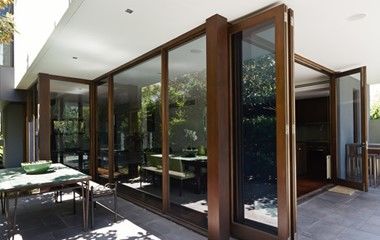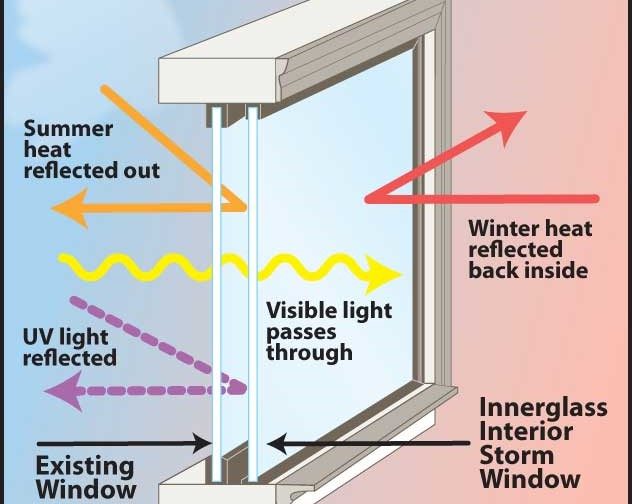All Categories
Featured
Table of Contents
A Complete Guide To Double Glazed Windows in Koondoola Western Australia
That window can send more solar heat in winter than in summer season. A west-facing window on a summertime's afternoon has an angle of occurrence from near 0 up to 30 with a big efficient area of solar radiation. A north-facing window, in summertime, has a high angle of occurrence and a low effective area of solar radiation, so can transmit less heat than a west-facing one.

You can rapidly and easily enhance the thermal efficiency of your home by replacing your windows. There are thousands of types of glass and frames to choose from.
Lifestyle - West Coast Double Glazing in Seville Grove Western Australia
There are various kinds of glass items to select from. Single glazing uses a single pane of glass. Single glazing with clear glass is not extremely efficient when it comes to heat loss or gain. To improve performance, you can utilize single glazing with a more energy-efficient kind of glass such as low emissivity (low-e) glass.
The energy performance of IGUs likewise depends on: the residential or commercial properties of each layer of glass. Various glass types (for example, clear and low-e glass) can be put together in an IGU.
Insulated Glass Unit – Igu in Belmont WA

IGU cavities can be filled with air or a more inert, low-conductivity gas such as argon the width of the cavity. Wider cavities offer lower (better) U values, with 12mm generally accepted as the favored gap how well the cavity is sealed.
If argon is installed to the cavity in location of air, moisture is dependably left out the level of desiccant (drying agent). The spacer (metal or polymer strip) that separates the glass layers consists of a desiccant to absorb any wetness. Inadequate desiccant might trigger moisture to condense on the glass surface area in cold conditions, minimizing thermal performance.
Glazing in Bedford Western Australia
In reality, IGUs can deliver better energy performance for all environments, particularly in heated and air-conditioned homes. Cross-section detail of single, double and triple-glazing systems Low emissivity glass (frequently referred to as low-e glass) lowers heat transfer. Low-e glass may be either high or low transmission: High transmission low-e glass has a coating that permits daylight from the sun to pass into your home to attain excellent solar heat gain, however reduces the amount of the long wavelength infrared heat that can escape back through the window.
Low-e glass has either a pyrolytic finishing or a vacuum-deposited thin film metal finish. Pyrolytic coverings are long lasting and can be utilized for any glazing; vacuum-deposited finishings are soft and are only used within IGUs. Low-e finishes can considerably improve both U worth and SHGC; nevertheless, they must be utilized properly or they will either degrade or fail to perform as needed.
Double Glazing - Albury - Twin Cities Glass in Menora WA
Low-e finishes can be used in mix with clear, toned or reflective glass. Low-e coatings on glazing can lower heat transfer where required Picture: Department of Market, Science, Energy and Resources Toned glass has actually colouring additives consisted of throughout manufacture. It is available in various colours, normally bronze, grey, blue and green.
Table of Contents
Latest Posts
Which Type Of Glass Is Best For Energy Efficiency? - A&l Windows in Medina WA
Double Glazing Versus Secondary Glazing in East Victoria Park Western Australia
A Complete Guide To Double Glazed Windows in Kewdale Perth
More
Latest Posts
Which Type Of Glass Is Best For Energy Efficiency? - A&l Windows in Medina WA
Double Glazing Versus Secondary Glazing in East Victoria Park Western Australia
A Complete Guide To Double Glazed Windows in Kewdale Perth